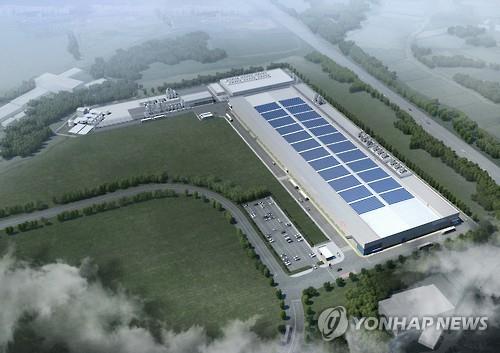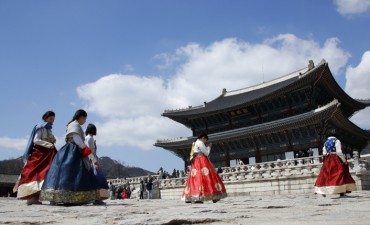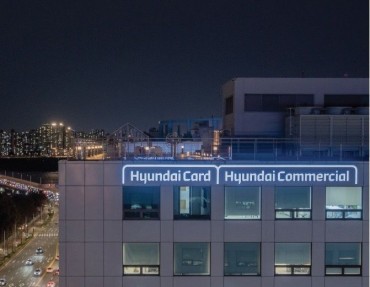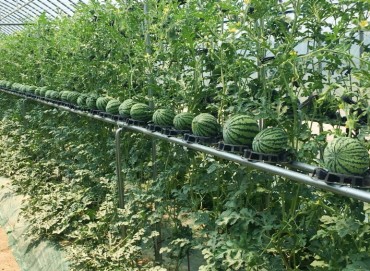
A new solar cell plant being built for Hanwha Q CELLS Korea is in the spotlight as a model of regulatory reforms. (Image : Yonhap)
CHUNGJU, April 5 (Korea Bizwire) – A new solar cell plant being built for Hanwha Q CELLS Korea is in the spotlight as a model of regulatory reforms.
Since last year, one of the hottest topics in business circles is the government’s so-called ‘forward-looking regulatory reforms’. The goal is to amend unreasonable regulations that stifle economic growth. It is hoped that the new regulations will create an atmosphere of economic liberty that will stimulate business activity.
Hanwha Q CELLS inaugurated the construction of the solar cell plant in May 2015. The company invested 350 billion won to build the plant, which is located in Jincheon, Chungbuk Province.
It took only eight months to build the massive structure, which is the size of four soccer fields. The swift construction pace was possible due to the efforts of Chungbuk Province, Jincheon County, and many other organizations that cooperated to loosen restrictions and fully support the project.
After Hanwha inked a one trillion won agreement to supply solar panels to American clean energy company Next Era Energy, it was in urgent need of a new plant within a year.
Hanwha officials examined all the options, and even considered overseas locations if building a plant in Korea would take too long. Once Chungbuk Province and Jincheon County heard the news, they sprung to action, as a 350 billion won project is something a small local government office could not pass on.
Once the parties agreed on the project, a task force was formed to tackle the problems one by one.
The first obstacle was related to the environment, with a typical environmental impact assessment usually taking 45 days. To speed up the process, the local governments agreed on a probation period. Instead of discussing toxic chemicals which had yet to spill from the plant, the parties agreed to apply the regulations when the toxic chemicals were actually generated. As a result, significant time savings were realized.
The process of clearing 50 different licensing matters such as building permits, environmental conservation reviews, and energy usage plans was expected to take more than two months.
The task force worked with other government organizations such as the Korea Water Resources Corporation, the Korea Electric Power Data Network, the Korea Electrical Safety Corporation, the Safety and Health Agency and the Korea Energy Management Corporation to complete the licensing within a minimal amount of time.
When it is up and running, the new plant is expected to create 1,000 jobs, along with a module plant in neighboring Eumseong.
Chungbuk officials commented that the Hanwha Q CELLS plant is a great example of getting rid of unreasonable regulations to attract large-scale investment that could revitalize a local economy.
By M.H.Lee (mhlee@koreabizwire.com)






